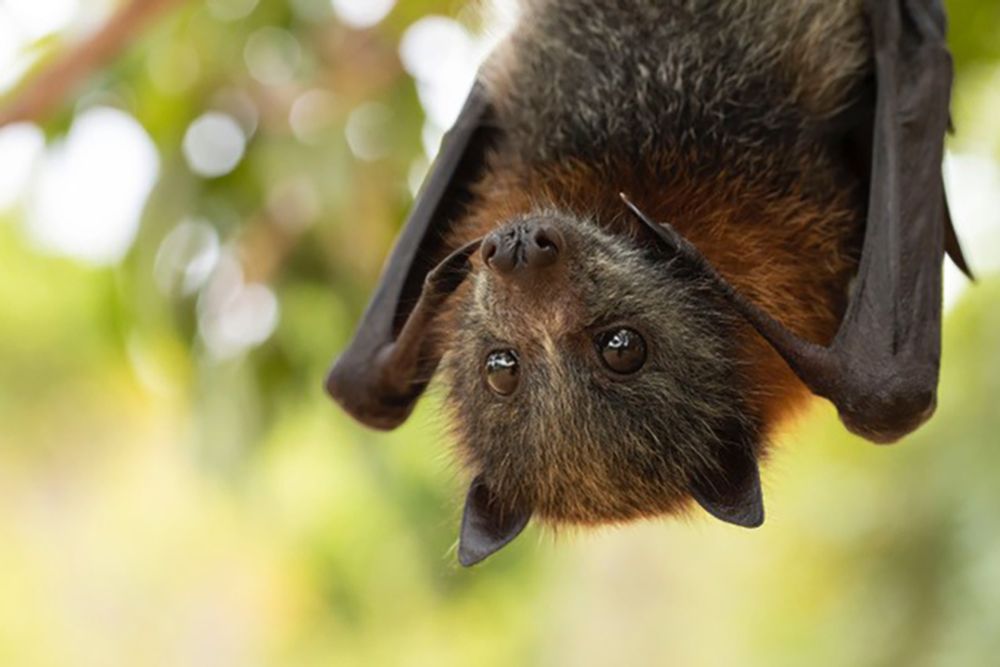by Paul C. Cross — Reposted by Márk E. Hauber, Michael G. Bertram
Large variation in wildlife responses to COVID-19 shutdowns in US National Parks. We also include some conceptual graphics on how to think about sensitive vs. habituated animals some of which benefit from being around people and others do not. doi.org/10.1098/rspb...

The influence of human presence and footprint on animal space use in US national parks | Proceedings of the Royal Society B: Biological Sciences
Given the importance of protected areas for biodiversity, the growth of visitation
to many areas has raised concerns about the effects of humans on wildlife. In 2020,
the COVID-19 pandemic led to temp...
doi.org
Some wildlife diseases are irresistible due to logistical, economic, scientific constraints. Accepting or directing impacts should be considered as viable alternatives to promote wildlife health. A new pub from Wynne Moss et al.
doi.org/10.1093/bios...
doi.org/10.1093/bios...

Applying the resist–accept–direct (RAD) framework to wildlife health management
Abstract. Wildlife diseases can have substantial impacts on wildlife populations as well as on human and domestic animal health and well-being. Although ma
doi.org
